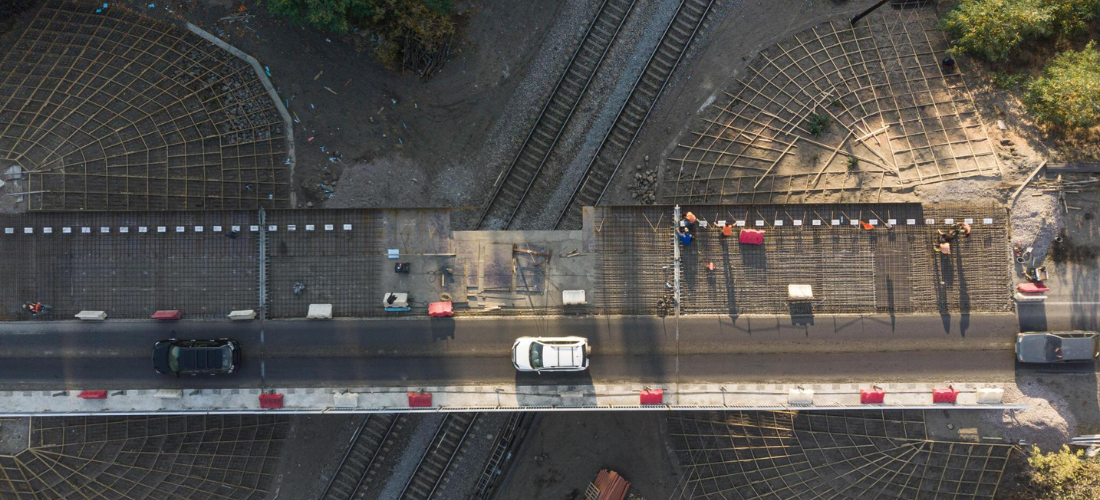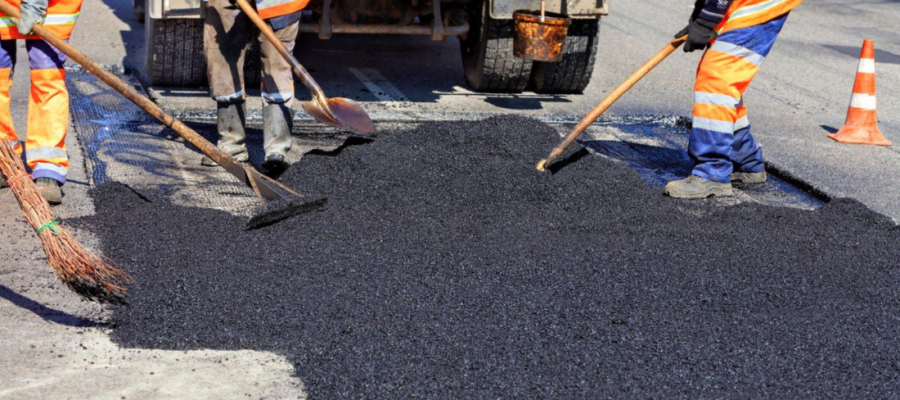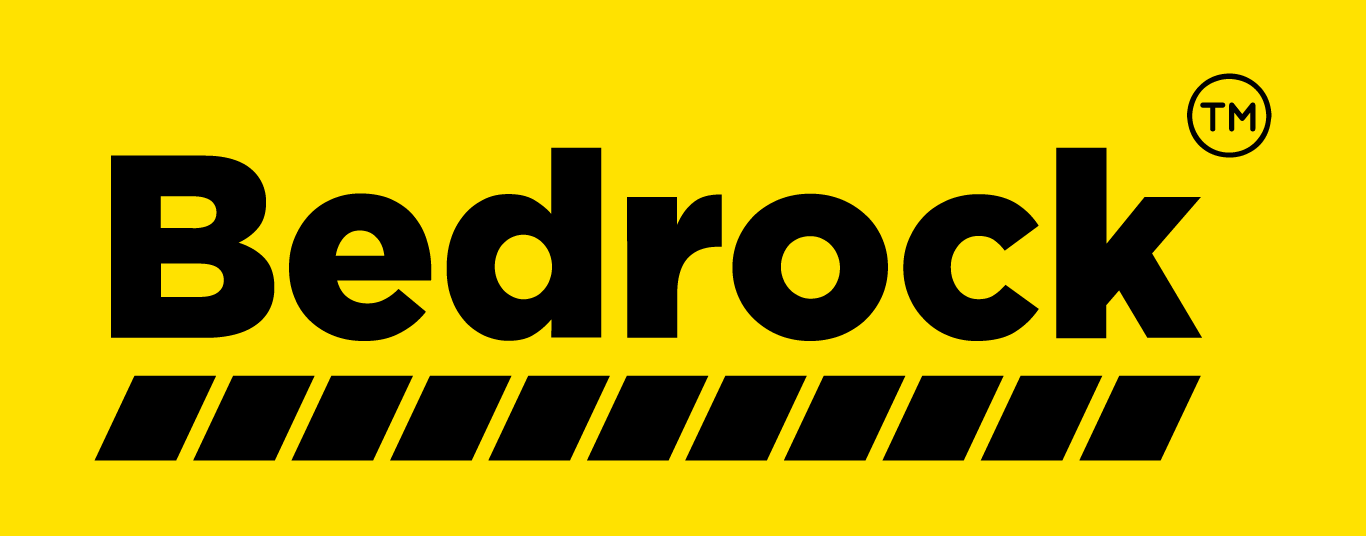
In the bustling city of Mumbai, where the monsoon rains often wreak havoc on the roads, the battle against potholes is a never-ending challenge. However, with a myriad of pothole patching materials available, selecting the right one for Mumbai’s unique road conditions can be a daunting task for road authorities. From durability and cost-effectiveness to ease of application and minimal disruption to commuters, there are several factors to consider when choosing the perfect pothole patching material.
Durability and Longevity
One of the primary considerations when selecting pothole patching materials is durability. In Mumbai’s busy streets, which experience heavy traffic and adverse weather conditions year-round, patching materials must be able to withstand the rigors of daily wear and tear. Asphalt-based materials, such as hot mix asphalt (HMA) and cold mix asphalt (CMA), are popular choices due to their durability and ability to form a strong bond with existing pavement surfaces, providing long-lasting repairs.
Cost-effectiveness
While durability is crucial, cost-effectiveness is also a key factor for Mumbai’s road authorities, who often operate within budget constraints. When choosing pothole patching materials, it’s essential to consider not only the initial cost of the material but also its long-term maintenance requirements. Materials that require frequent repairs or replacements may end up costing more in the long run than higher-quality options that offer greater durability and longevity.
Ease of Application
Another important consideration is the ease of application of pothole patching materials. In a city as densely populated and congested as Mumbai, where road closures and traffic diversions can cause significant disruption to commuters, choosing materials that can be applied quickly and efficiently is essential. Self-adhesive asphalt patches, for example, offer a convenient solution that requires minimal preparation and can be applied in a matter of minutes, reducing downtime and minimizing disruption to traffic flow.
Environmental Impact
In recent years, there has been growing concern about the environmental impact of road construction and maintenance activities. When selecting pothole patching materials, it’s important for Mumbai’s road authorities to consider the environmental implications of their choices. Materials that are recyclable or made from sustainable sources, such as recycled asphalt pavement (RAP) or warm mix asphalt (WMA), can help reduce the carbon footprint of road repair activities and contribute to overall environmental sustainability.
Local Conditions and Requirements
Finally, when choosing pothole patching materials, it’s essential to take into account the specific conditions and requirements of Mumbai’s roads. Factors such as traffic volume, pavement type, and weather patterns can all influence the suitability of different patching materials. Consulting with pavement engineers and conducting thorough evaluations of potential materials can help ensure that the chosen solution is tailored to meet the unique needs of Mumbai’s road network.
Conclusion
In the ongoing battle against potholes, choosing the perfect patching material is a critical decision for Mumbai’s road authorities. By considering factors such as durability, cost-effectiveness, ease of application, environmental impact, and local conditions, road authorities can make informed decisions that ensure long-lasting repairs and minimal disruption to commuters. With careful planning and thoughtful selection, Mumbai’s roads can be kept safe, smooth, and pothole-free for years to come.
- February 10, 2024
- By: admin
- Category:Uncategorized
- no comments
- Tags: Pothole Patching Material:
Related Posts

- April 11, 2024
- By: admin
- in: Uncategorized



